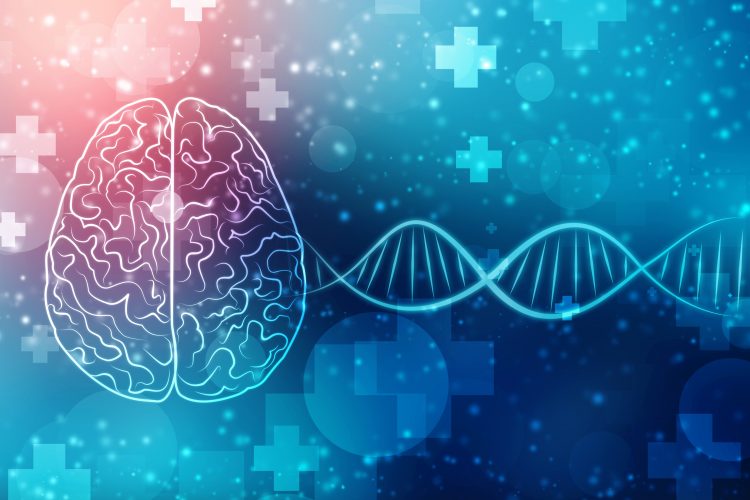DNA mechanism discovery may open up Huntington’s disease therapies
Posted: 1 September 2021 | Anna Begley (Drug Target Review) | No comments yet
Scientists unveiled how a DNA repair protein may prevent Huntington’s disease, presenting a new target in future therapies.


A team at University College London (UCL) and the University of Cambridge, both UK, have revealed mechanisms behind the DNA protein FAN1 that enable it to modify DNA expansions in Huntington’s disease, potentially leading to new targets for future treatments against the disease.
It has previously been established that Huntington’s disease is caused by the accumulation of toxic repetitive expansions of three nucleotides (C, A and G) in the huntingtin (HTT) gene, collectively termed a repeat expansion disorder. These CAG tri-nucleotide repeats expand by misuse of a cellular machinery that usually promotes DNA repair, called ‘mismatch repair’. This overuse in mismatch repair drives Huntington’s disease onset and progression.
In this study, researchers investigated the role of FAN1, a DNA repair protein that has been identified as a modifier of Huntington’s disease in several genetic studies, although the mechanism affecting disease onset has remained elusive.
The team used induced pluripotent stem cells (iPSCs) from Huntington’s disease patients and carried out techniques that can read DNA repeat expansions. They discovered that FAN1 can block the accumulation of the DNA mismatch repair factors to stop repeat expansion, thus alleviating toxicity in cells derived from patients. After testing their theory in cells, they demonstrated the same interaction in mouse models.
According to the researchers, medicines that could mimic or potentiate FAN1 inhibition of mismatch repair would alter disease course. The team is now working with the biotechnology company Adrestia Therapeutics to translate these DNA discoveries into therapies for substantial numbers of patients in the UK and worldwide.
“Our next step is to determine how important this interaction is in more physiological models and examine if it is therapeutically tractable,” commented Professor Sarah Tabrizi, senior author of the study. “We are now working with key pharma partners to try and develop therapies that target this mechanism and might one day reach the clinic.”
“There are currently more than fifty CAG repeat expansion disorders that are incurable,” added co-senior author Dr Gabriel Balmus. “If viable, the field suggests that resulting therapies could be applied not only to Huntington’s disease but to all the other repeat expansion disorders.”
The study was published in Cell Reports.
Related topics
DNA, Drug Targets, Genetic Analysis, Genomics, In Vitro, In Vivo, Neurosciences, Protein, Protein Expression, Stem Cells, Targets, Therapeutics
Related conditions
Huntington's disease
Related organisations
Adrestia Therapeutics, Cambridge University, UCL
Related people
Dr Gabriel Balmus, Professor Sarah Tabrizi








